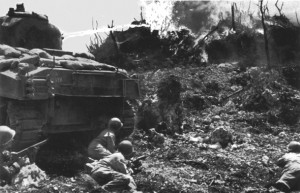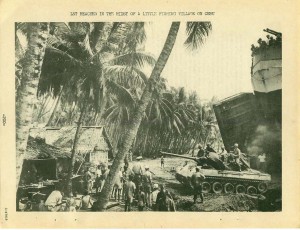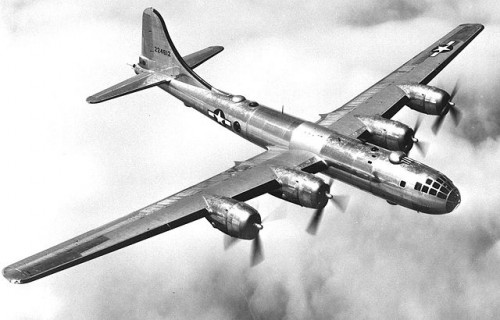I have written in past Pacific War columns about institutional or personally motivated false narratives, narrative hagiography, forgotten via classification narratives and forgotten via extinct organization narratives. Today’s column, like my previous “History Friday: 81st ID’s Peleliu Lessons for MacArthur’s Invasion of Japan” is another on how generational change makes it almost impossible to understand what the WW2 generation is telling us about it’s times without a lot of research. The case in point in this column is the confused development of the mechanized flamethrower tank.

To take you there this time, first imagine a weapon who’s range and effectiveness varied from shot to shot. Who’s performance was dependent on the wind. Whether it was raining or it got soaked in salt water. Whether a rubber O-seal held pressure or the connection in which it was placed was properly seated. A weapon who had a two component ammunition, solid and liquid, you had to mix in the field before use. That required the chemicals in the solid component of ammunition to be properly ground to a consistent powder with no trace manufacturing contamination, and that required air and water tight packaging of your ammunition hold up in shipment. Which also required of the liquid batch of ammunition you were using not to have had too much water or alcohol contaminating it. And whose mixed performance rapidly and unpredictably deteriorated within hours to weeks since the manufacture of that batch of ammunition, when you did everything right.
It gets better.
This weapon has an effective range of 10 to 20 yards depending on all of the above, requiring a team of 7-15 other soldiers to cover you, as you move up to use it. Your last live fire training — in fact, any training at all — in using this 70 lb back pack weapon with your team happened more than 30 days before you use it. Which, by the way, has an effective firing time in combat of 8-to-10 seconds, and you as its operator are the enemy’s priority target on the battlefield.
Your mission, your life, and the lives of around you, are depending on this weapon. And worse, for all those problems, it was the only effective weapon you have…when it works.
Those were the facts of life and death for every American portable flame thrower operator in World War 2. It took 18 months of bloody infantry close combat from December 1943 to June 1944, with four increasingly better and more dependable portable flamethrower designs, to work out all those facts.
And it was not until November 1943, with the shatteringly high U.S. Marine casualties during the assault of Betio Island, Tarawa Atoll, Gilbert Islands, that the American military began to seriously entertain fielding a flame throwing tank.

